Mice
Verida are experts in rodent control. With years of experience in dealing with mice infestations, Verida are a trusted choice for resolving issues promptly and efficiently.
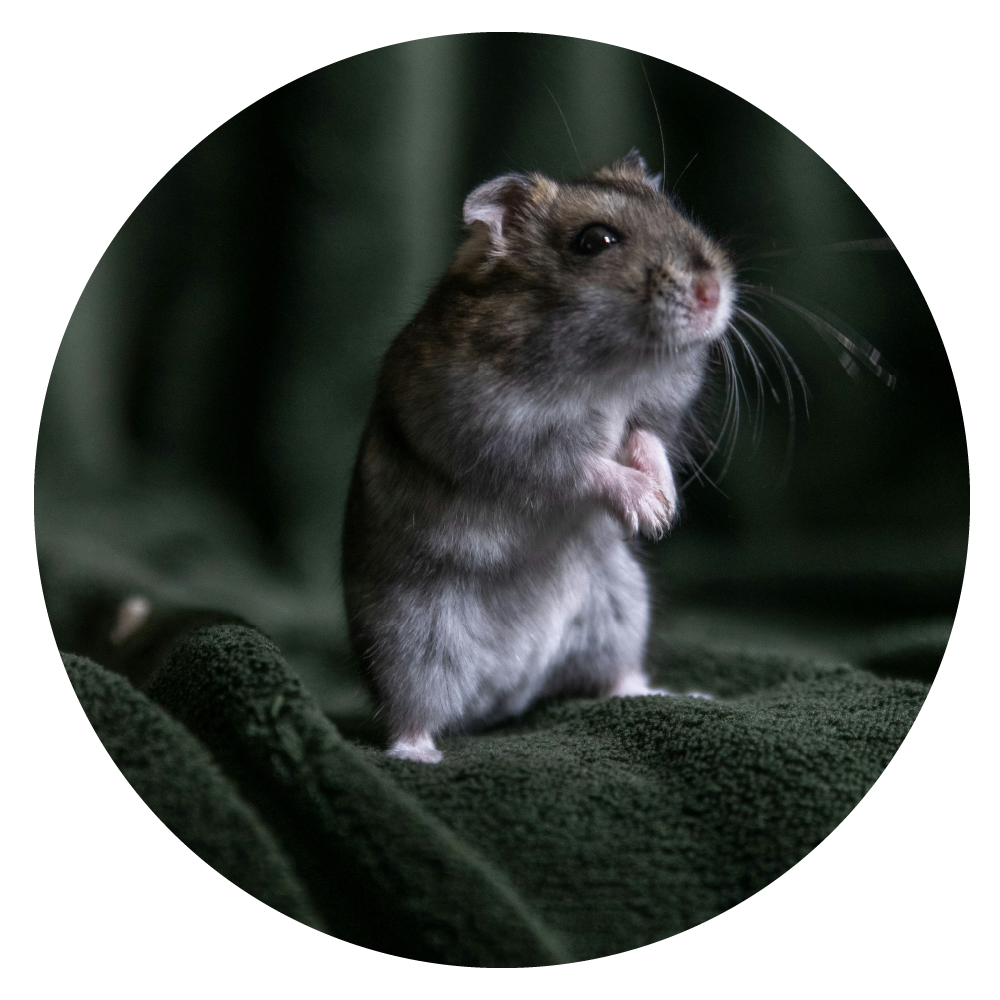
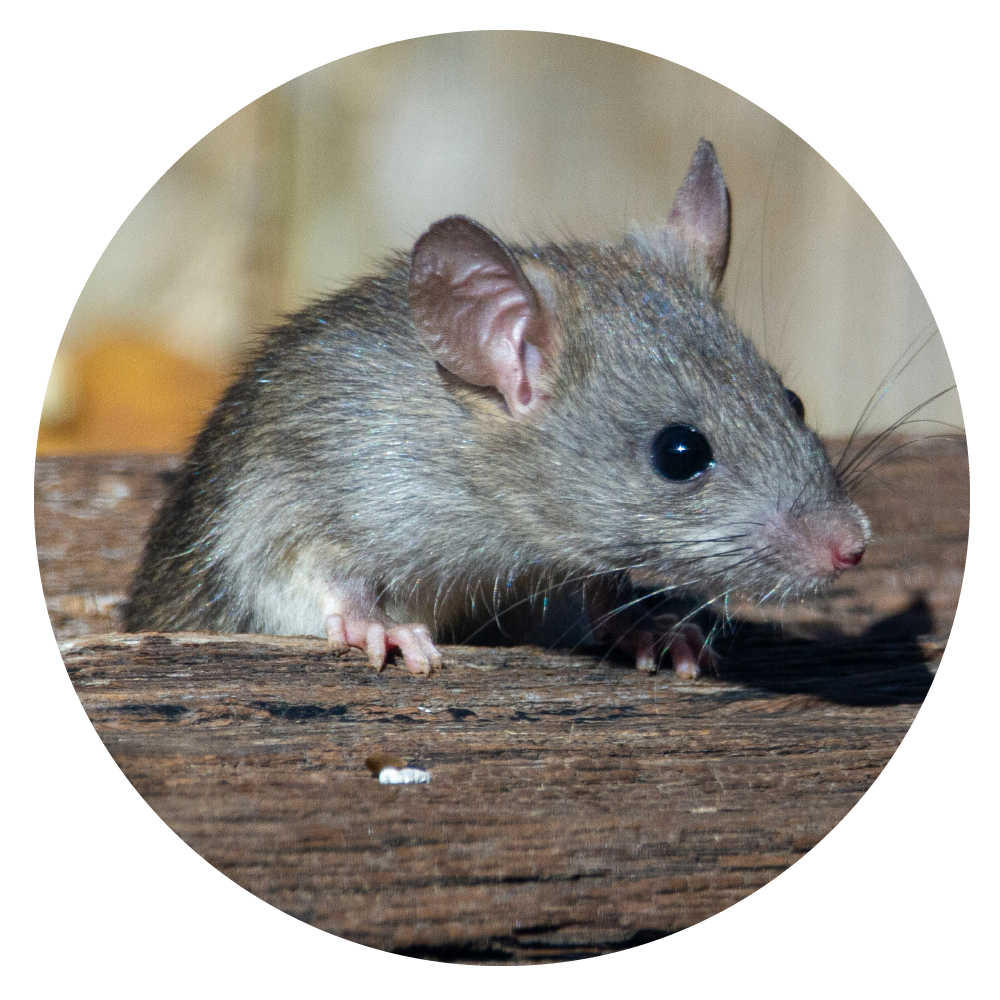
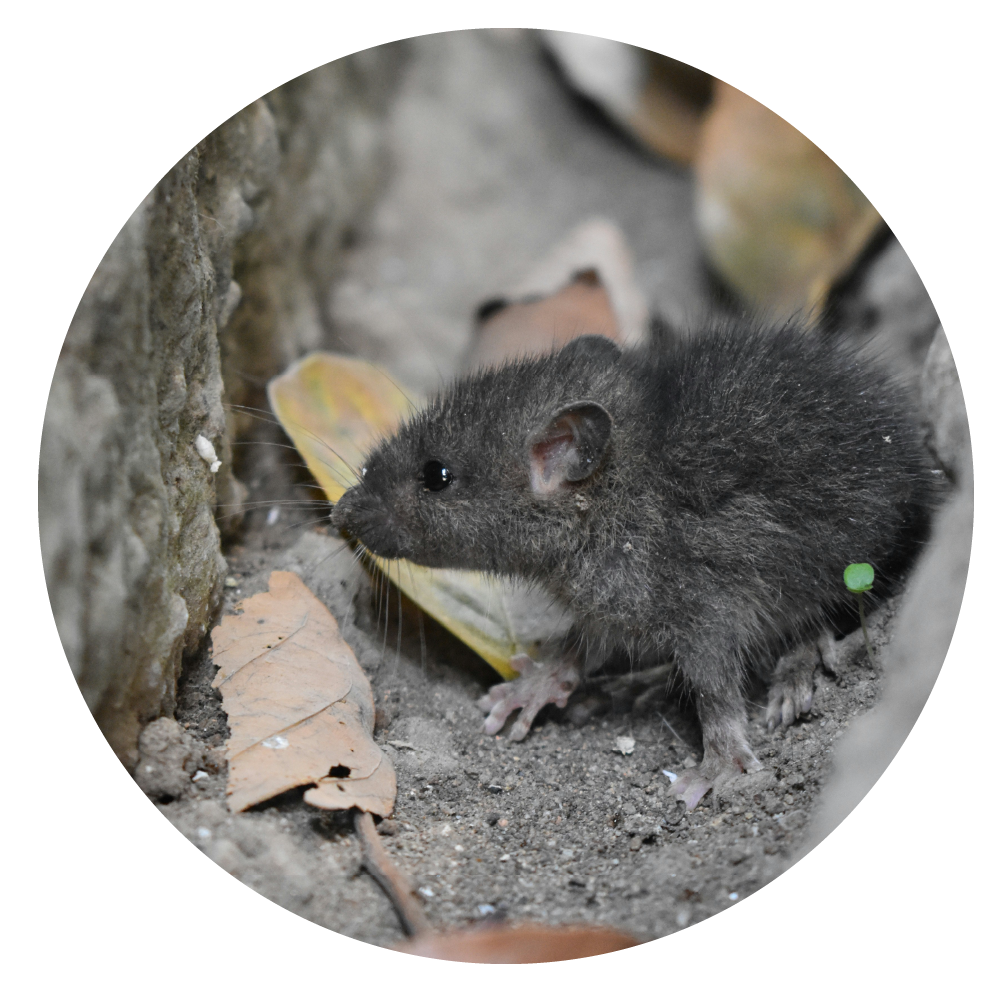
Damage & Risks
The presence of mice can cause considerable damage to property, as their teeth never stop growing. Mice continuously nibble or gnaw on items to maintain their incisors at a constant length. They can even gnaw through various materials, including some metals.
Mice pose a public health risk, as they can spread dangerous diseases such as Leptospirosis (Weil’s disease), transmitting it to humans through their urine, droppings, and bedding.
In various sectors, mice can contaminate food and food surfaces, transferring the bacteria and dirt they carry on their bodies to everything they touch. This includes unsealed food items, cabinets, and food preparation areas.
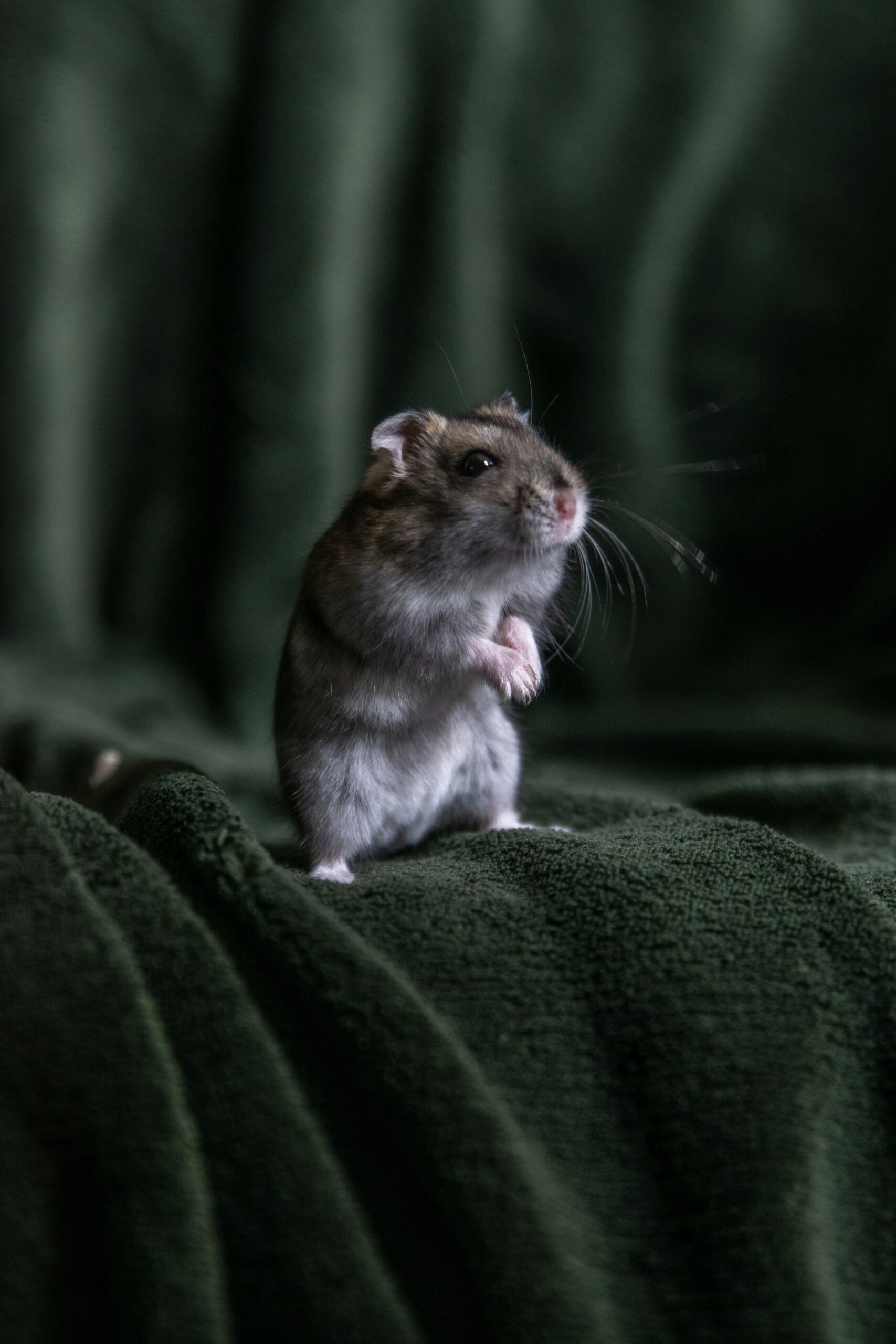
Facts!
When a female mouse becomes pregnant, it only takes between 19 and 24 days for her to give birth to a litter, which is the gestation period. Each litter usually consists of 5-6 mice. After giving birth, she can mate immediately, so if left untreated, mice infestations can rapidly grow.
Mice are excellent climbers and can access tiny holes and gaps. They only need a gap of 6mm to gain entry, which is roughly the diameter of a ballpoint pen.
These small pests are nocturnal and most active at night, so they are rarely seen. However, there are tell-tale signs indicating if mice have been present.
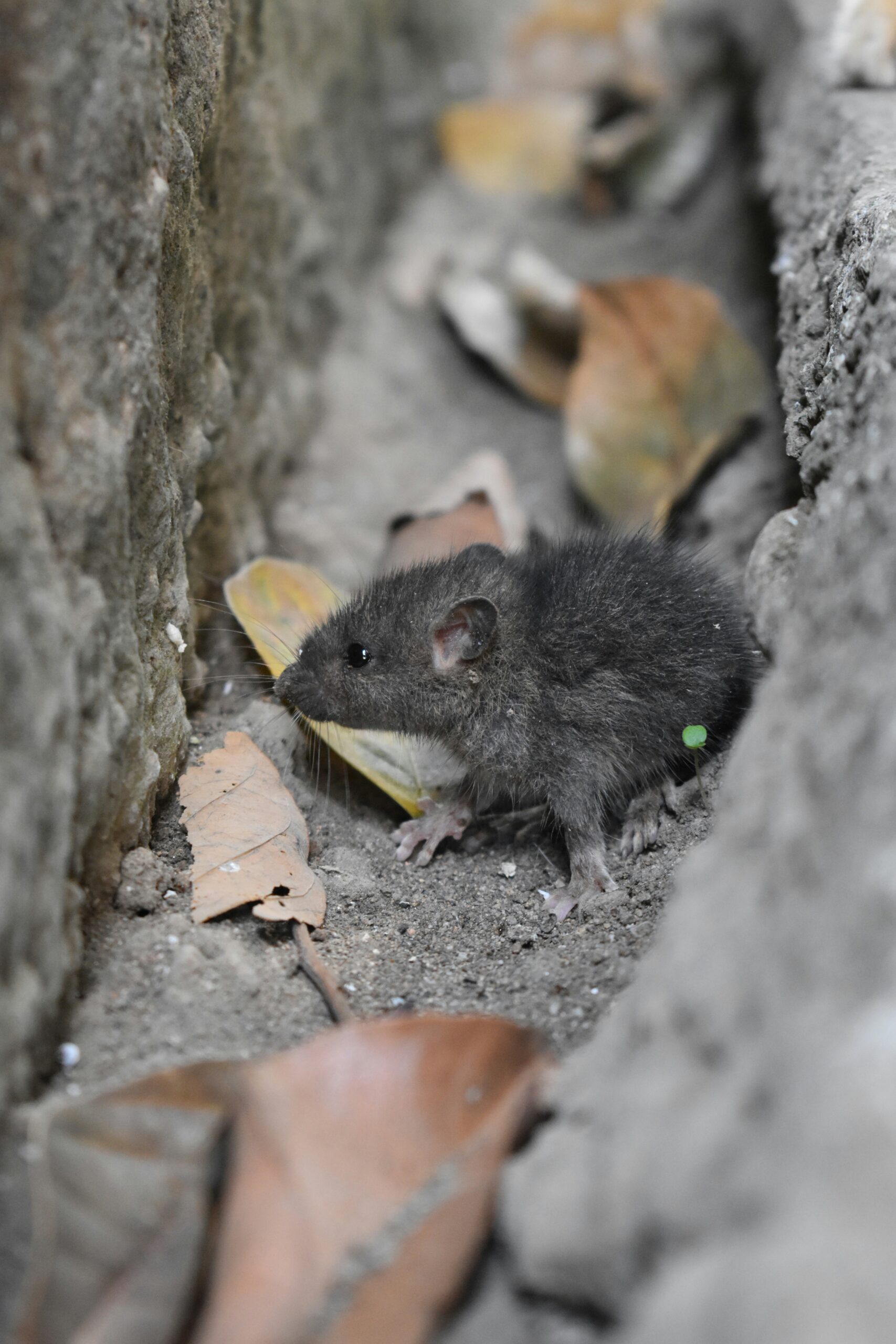
Have a question? check these answers.
Mice and rats are both rodents, so they do appear similar. Rodents are mammals of the order Rodentia, characterised by a single pair of continuously growing incisors in both the upper and lower jaws.
Size – Mice have small bodies with long, slender, hairy tails. Rats are considerably larger than mice; their bodies can grow up to 27 cm! Rat tails are shorter than those of mice, and they are also thicker and hairless.
Colour – Mice are light brown or grey, while rats are typically darker in colour.
Water sources – Rats need access to water sources to survive. In contrast, mice do not require water and can go up to a month without drinking.
Mouse infestations can escalate swiftly!
When a female mouse becomes pregnant, it takes just 19 to 24 days for her to give birth to a litter, known as the gestation period. Each litter typically contains 5 to 6 mice. After giving birth, she can mate again immediately, so if left untreated, mouse infestations can grow rapidly.
Mice are known to transmit unpleasant diseases, such as Salmonella and Listeria, to humans through their urine, droppings, and nesting materials.
Mice usually flee and hide upon seeing a human. They rarely bite unless they feel threatened. It is advisable not to handle a mouse if you discover one in your home or business.
Legal Obligations for Maintaining Pest-Free Environments to Protect Public Health
The Prevention of Damage by Pests Act 1949 is legislation in the United Kingdom that obligates local authorities to control mice and rats. This Act empowers local authorities to require landowners and occupiers to take necessary actions to keep their land free from these pests.
Additionally, the Food Safety Act 1990, an Act of the UK Parliament, imposes a statutory duty to ensure that food intended for human consumption is managed and treated in a pest-free manner.
Environmental Health Officers or General Enforcement Officers have the authority to issue enforcement notices to business owners who fail to implement adequate pest management procedures.


